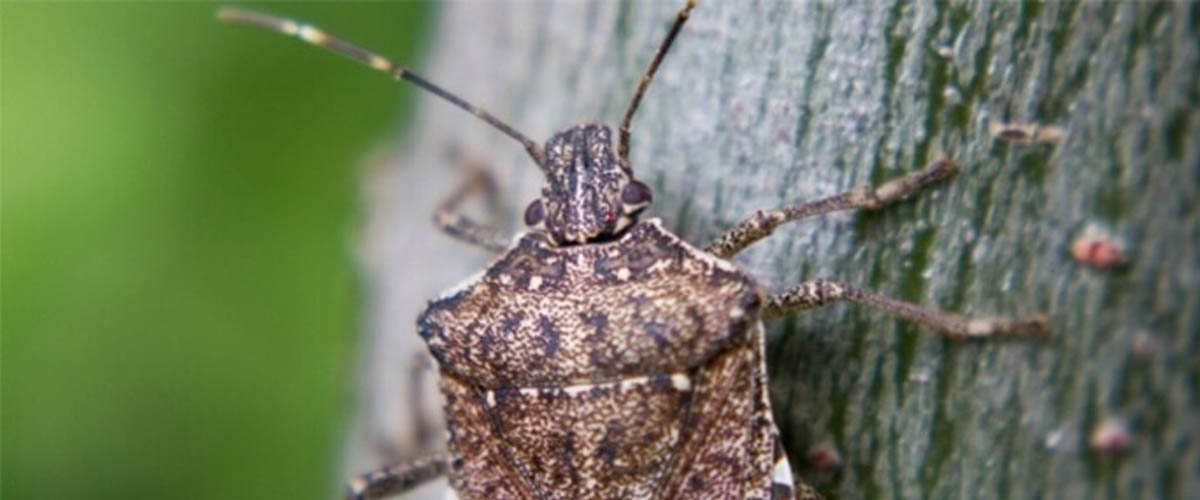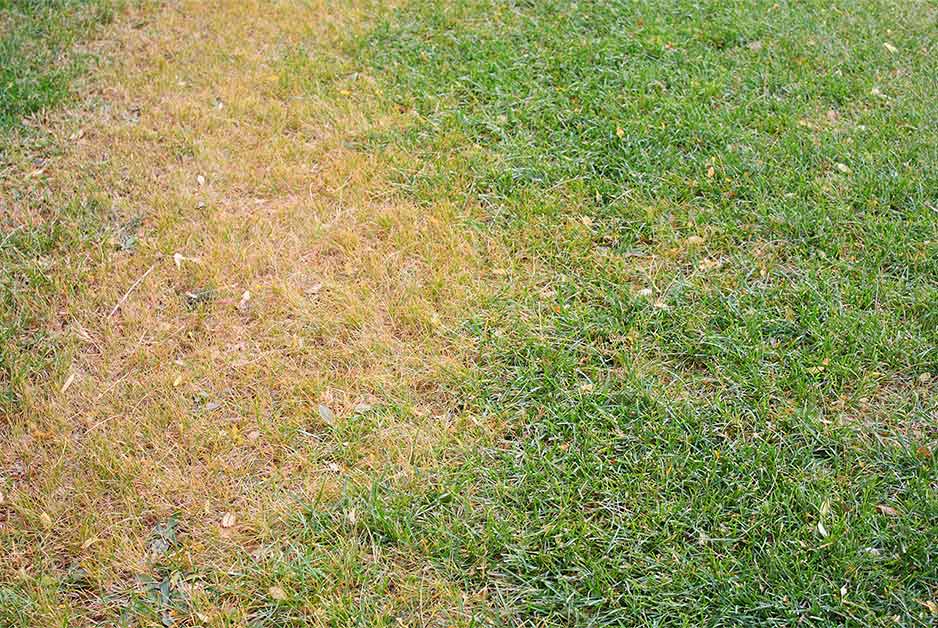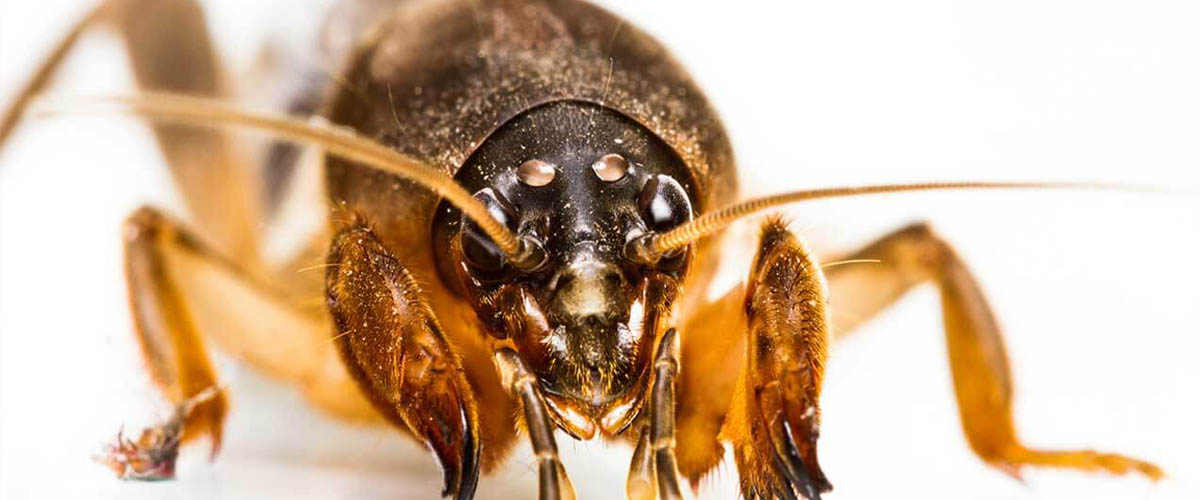Stink Bug Control: Keeping These Smelly Pests From Invading Your Landscape And Home This Fall
Several types of stink bugs damage landscape and garden plants, but one stink bug species surpasses the others when it comes to causing misery. The brown marmorated stink bug — known as BMSB for short — damages plants during warm months. Then these invasive Asian pests invade homes in fall. Through it all, they live up to their odorous name, creating a stench when squashed or disturbed. Armed with information, you can kill and control stink bugs and protect your property against these smelly pests:
- Understanding Brown Marmorated Stink Bugs
- Identifying Brown Marmorated Stink Bugs
- Protecting Your Home Against Stink Bugs
Understanding Brown Marmorated Stink Bugs
Experts believe BMSBs arrived in North America in the mid-1990s. Like many invasive pests, these bugs likely stowed away in a shipment of foreign products. Because this pest originated in Asia, you won't find its natural predators in North America. Some beneficial insects here prey on this pest, but their impact is limited.
Since BMSBs were identified in Pennsylvania, they've spread to the District of Columbia and at least 38 U.S. states.1 Without natural checks, their populations continue to grow and spread — causing serious damage to ornamental and agricultural crops along the way.
As temperatures dip in fall, adult BMSBs seek warm, indoor spots to overwinter. When they find a place they like, they release a scent that differs from the smell secreted when they're disturbed. Called pheromones, this chemical signal invites other stink bugs to join them.2
These pests don't "nest" or reproduce in their winter hiding spots, but they often come out indoors on warm, sunny days. BMSB infestations can be massive: One senior scientist at the National Wildlife Federation caught more than 20,000 in his home in a 72-day period one winter.3
BMSBs don't bite people or pets, but like Asian lady beetles and cockroaches, these pests and their smelly secretions often cause reactions in individuals prone to allergies. Skin contact with stink bugs can also cause dermatitis.4
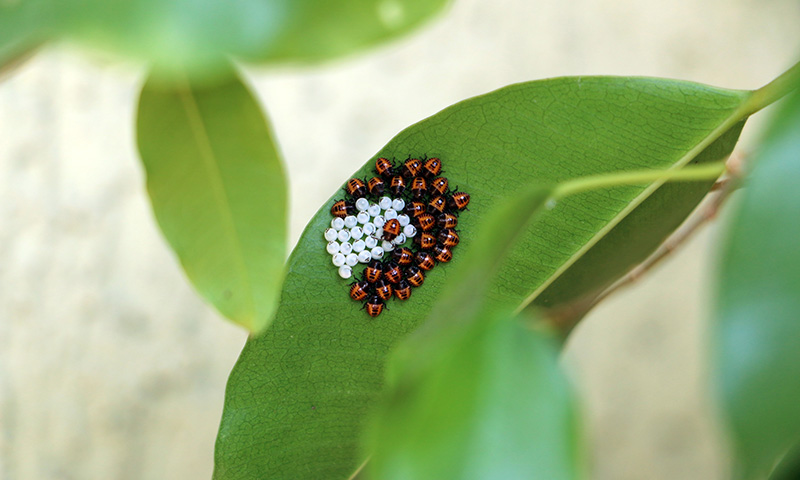
Black-and-red stink bug nymphs hatch from barrel-shaped eggs.
Identifying Brown Marmorated Stink Bugs
The adult BMSB has a shield-shaped, mottled-brown body about 5/8 inch long and nearly as wide. Light brown bands encircle its antennae, while dark rear bands mark its front wings. Alternating dark brown and creamy light bands edge its outer abdomen, distinguishing this nuisance from other stink bugs.
Adult BMSBs live six to eight months.2 After overwintering, they mate in spring. Females lay clusters of barrel-shaped white to light green eggs on lower leaf surfaces from spring through late summer. In cooler climates, these pests lay one to two generations per year. In warmer climates, they may lay up to five generations annually.1
As the stink bug life cycle progresses and eggs hatch, immature stink bugs pass through five phases known as instars. Newly hatched BMSBs are wingless nymphs with dark red eyes and yellow abdomens mottled with red and black. The following stage darkens in color, developing black and white bands on antennae and legs. The final stages appear like adult stink bugs, only wingless and smaller.
BMSBs damage plants throughout their life cycle. The adults and nymphs pierce plant tissues and suck juices from leaves, buds, flowers, vegetables and fruits. Plants become pitted and unsightly from feeding. Weakened plants wilt, grow misshapen, become vulnerable to other pests and disease, and often die.
Protecting Your Home Against Stink Bugs
When fall temperatures arrive, BMSBs may congregate in leaf debris. Then they enter homes through any available opening, including:
- Foundation cracks and crevices.
- Openings around windows and doors.
- Loose or unsealed siding or fascia.
- Gaps around utility lines and pipes.
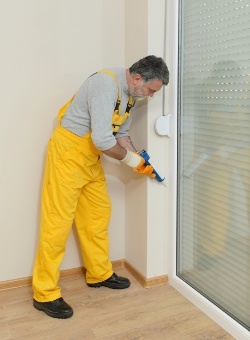
Protecting your home starts early in the season to prevent plant damage and protect against fall's onslaught. Scrutinize your home and eliminate potential entry points. Check the integrity of all screens, including those covering vents, and replace if necessary. Add weather stripping around windows and doors, and check that siding and fascia is secure.
Liquid Amdro Quick Kill Insect Killer for Lawn & Landscape is available as two easy-to-use products to control stink bug damage and invasions. Unlike ineffective stink bug repellants that can't compete with pheromones, this powerful formula kills stink bugs by contact. Treat lawns, landscape plantings and flower gardens — even your home's foundation up to a maximum height of 3 feet.
- Amdro Quick Kill Insect Killer for Lawn & Landscape Ready To Spray attaches to an ordinary garden hose and automatically measures and dilutes the concentrated liquid as you work. Spray thoroughly to cover all targeted surfaces.
- Amdro Quick Kill Insect Killer for Lawn & Landscape Concentrate comes with a convenient measuring cap to simplify application.
Add the concentrate to a pump-style sprayer, then dilute according to label instructions. Spray all surfaces for thorough coverage.
Early spring treatments with these liquid insect killers stop stink bugs before they mate and lay eggs. Late-season treatments target nymphs before they mature into overwintering adults. Once applied, these products kill existing stink bugs by contact in minutes. Then they keep protecting against new stink bug arrivals for up to three months.
If stink bugs emerge indoors on warm winter days, round them up with a wet or dry vacuum. Be sure to use a bag — you'll want to get rid of it when you're done. Then mark your calendar with a reminder to get ahead of BMSBs next spring. With Amdro brand products on your side, you can protect your plants and home against stink bugs and their stink.
Always read product labels and follow the instructions carefully.

Resources:
1. "Brown Marmorated Stink Bug," U.S. Environmental Protection Agency.
2. C.R. Marchiando, "General Brown Marmorated Stink Bug Information," Rutgers New Jersey Agricultural Experiment Station.
3. M. Mikell, "What's Bugging You? A Biologist Battles Stink Bugs," National Wildlife Federation.
4. Steve Jacobs, "Brown Marmorated Stink Bug, Halyomorpha Halys," Penn State College of Agricultural Science.

